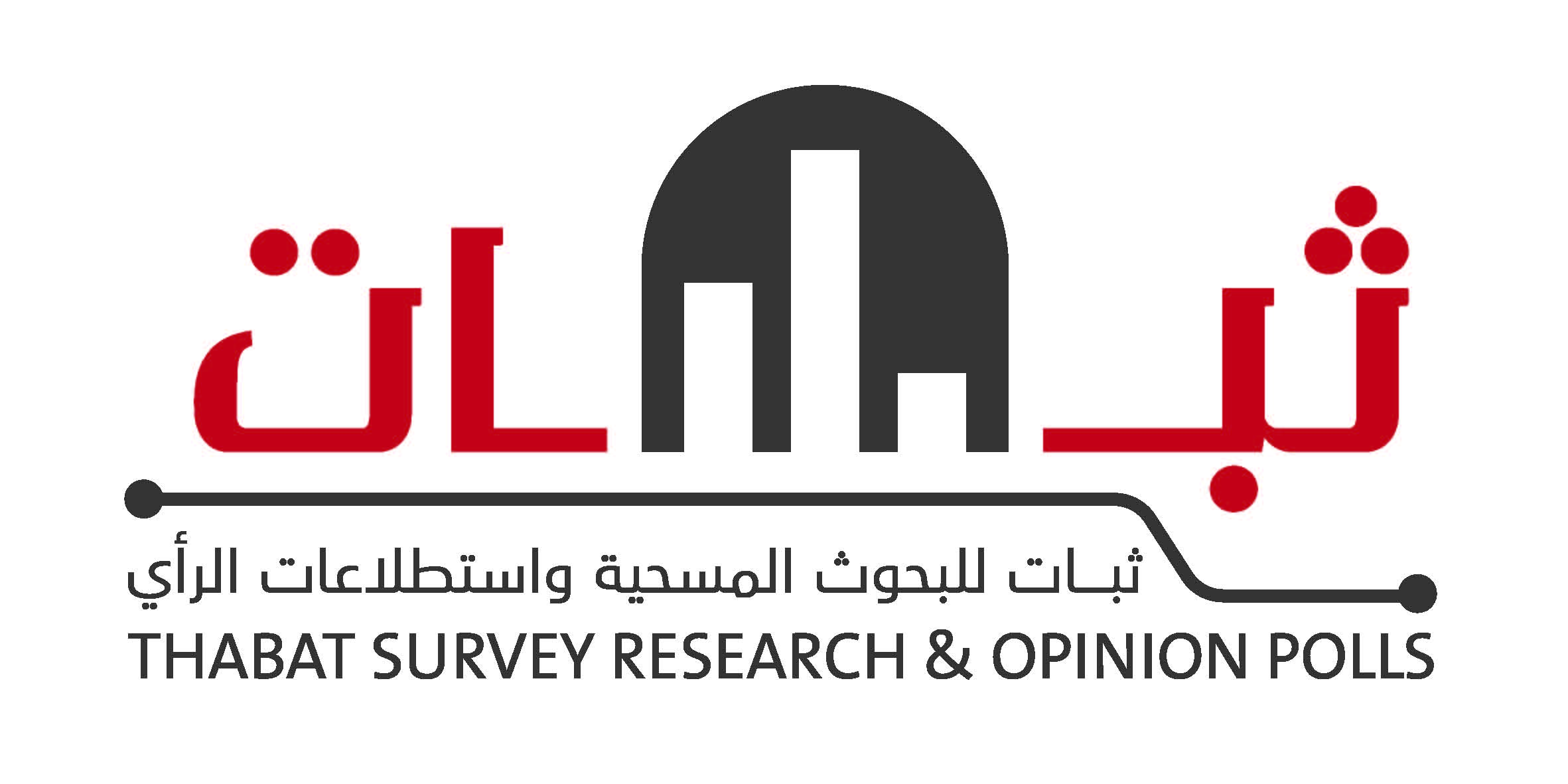Work Methodology for Data Collection From Representative samples
Palestine is divided into sectors or districts representing cities, villages and camps in 16 governorates. It is also divided into so-called "counting areas" or "clusters", each containing a number of housing units (approximately 140) in each cluster or counting area. The number of families in each cluster reflects its population size. The 2017 census provides the necessary data on families as well as detailed maps showing the place of each unit in the cluster. The number of clusters or counting areas in Palestine is 7,294.
The selection or withdrawal of the sample goes through three stages: (1) the random selection of inhabited areas (clusters or counting areas) using probability proportional to size, (2) the random selection of homes from population locations using updated maps, and (3) the selection of a person 18 years and over from persons in a home using "kish schedules". The sample must be weighted, or can be weighed itself. However, at the center we make sure that the age groups we receive are approximate to the actual distribution of the society using the information provided by the Palestinian Central Bureau of Statistics, and we re-weigh if necessary.
Using the methodology above, we choose from 80 to 120 randomly counting areas taking into account three dimensions (Area West Bank/Gaza, governorates, and locality type City/Village/Camp). After selecting samples in the West Bank and Gaza Strip, 10 homes in each counting area are selected using the "regular sample". The sample size ranges from 1,000 to 1,200 adults. The third stage of the sample selection process takes place inside the home, where researchers use "kish tables" to select the person (over 18 years) with whom they will interview from the people in the house. Prior to the interview, researchers are keen to confirm the confidentiality of the information that the subject will provide.
Since the sample is multi-stage, there are two factors that affect the variation or difference in the conclusions: the variation within the counting area itself, and the variation between the counting areas. The contrast within the counting area is reduced by increasing the size of the sample selected within it. By increasing the number of counting areas we reduce the error resulting from the variation between counting areas. The variation between counting areas is the largest source of sample error, making the error caused by variation within the counting area trivial compared to it. Thus, the margin of error depends mainly on the number of counting areas selected in each survey. Using 80 to 120 counting areas, and choosing 10 to 15 houses in each counting area, the error ratio in the sample is 3%.
The rejection rate to conduct interviews by field of research ranges from 6% -15%, calculated on the basis of the number of respondents' cases and the number of people who refuse to supplement interviews in the sample relative to the total sample. In order to avoid error caused by rejections, we use three ways to reduce this: (1) accurate and rigorous training of researchers; (2) testing of forms and questions on a pilot sample prior to the actual descent of the field; and (3) applying strict standards of "quality control" for researchers to test the suitability and effectiveness of field researchers and our ability to authorize them to conduct interviews with high confidence. Interviews and data entry process are monitored through follow-up via GPS in direct live transmission of information to further control quality and improve performance.
A supervisor is also assigned to each of two or three groups of field researchers and four field coordinators to be in direct and personal contact with supervisors in their areas of presence. These actions contribute to ensuring the quality and credibility of field work.
Telephone Samples:
The center relies on a series of mobile phone numbers in the West Bank, Gaza Strip and Jerusalem. Random samples are withdrawn from these frameworks in scientific ways using specialized software.
Samples are usually withdrawn twice the number required to avoid lack of response and rejections.
Interviews are conducted by a highly experienced crew in the field of data collection.
